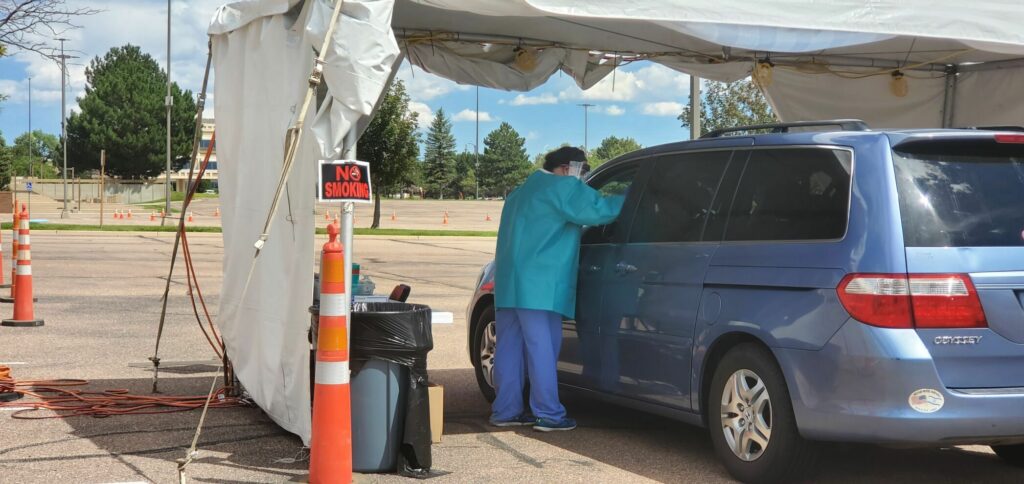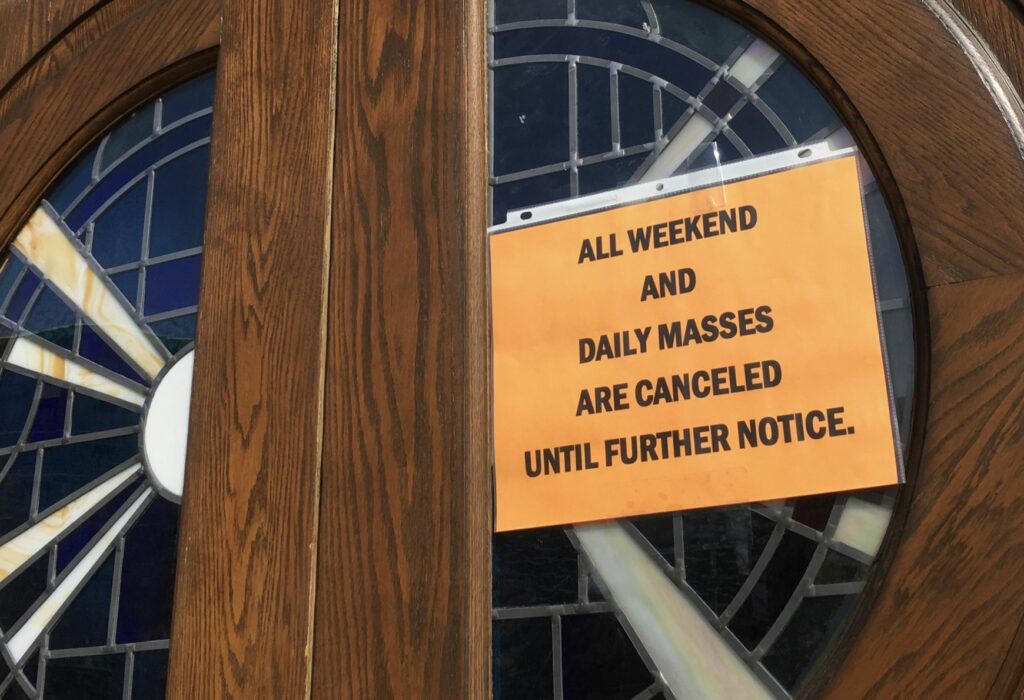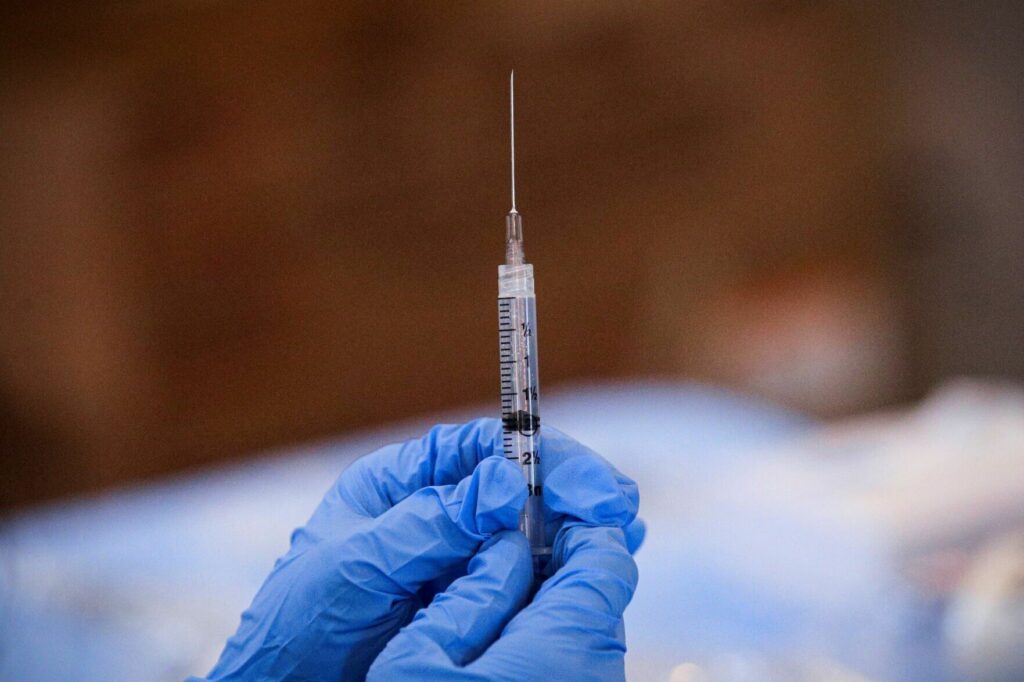Colorado COVID hospitalizations likely to jump in coming months; remain below peaks

Colorado’s COVID-19 cases have seen a “substantial increase” in recent weeks, the state’s top epidemiologist said Thursday, and hospitalizations are projected to increase by several hundred over the next two months. Even still, though, those highs are expected to be well below the peaks of January and late 2021.
Colorado’s reporting roughly triple the number of new COVID-19 cases per day on average than it was at the end of March, and the state’s average positivity rate is nearing 7.5%, its highest point since February.
The reversal of weeks of decline is being fueled by the rolling arrival of new subvariants of omicron. The first – dubbed BA.2 – accounted for nearly three-quarters of new cases in the state as of mid-April, which is the most recent data available. BA.2 is more transmissible than omicron, which itself was the most transmissible form of the virus yet.
But other variants are making inroads. BA.2.12.1, which state epidemiologist Rachel Herlihy told a group of Colorado doctors on Thursday is 25% more infectious than BA.2, accounted for roughly 20% of all new cases a month ago here.
What Colorado and its hospitals will face in the next eight weeks depends on which subvariant is dominant and to what degree that strain can evade immunity, Herlihy said during a presentation to the Governor’s Expert Emergency Epidemic Response Committee.
Projections show that “we certainly could see some strain in our health care system,” she said. “We could certainly see health care workers ill and disruption, challenges, strain in our health care system, but certainly nothing to the degree of what we experienced with the omicron surge.”
Herlihy said federal modeling shows BA.2.12.1 accounts for 36% of cases in Colorado’s region, and there’s some data showing it can better escape immunity from vaccines or prior infection than BA.2. She cautioned, though, that the data is limited.
There’s more evidence about the escape capabilities of BA.4 and BA.5. Those two subvariants are leading to increasing cases in South Africa, where the initial omicron variant was first officially identified. Tori Burket, of the Denver Department of Public Health and Environment, told members of Denver’s City Council on Wednesday that BA.4 had been identified in Colorado and in the city.
A spokesman for the state Department of Public Health and Environment confirmed Thursday afternoon that a Denver resident had tested positive for BA.4. That patient’s sample was taken in late April, the spokesman said, and the BA.4 confirmation came last week. BA.4 and BA.5 are believed to be 10% more transmissible than BA.2, but thus far, there has been no evidence that either leads to more severe disease, he said.
If BA.4 were to become dominant, the spokesman said, it could lead to more cases than are currently expected from BA.2.
Herlihy presented new modeling estimates that show COVID-19 hospitalizations here could hit roughly 800 by late July, if BA.2.12.1 is dominant and has high levels of immune escape. They could also top out at 500, if that immune escape is lower.
Testing demand is projected to peak at roughly 45,000 tests per day by the end of June, Herlihy said. While the state has closed dozens of community testing sites in recent weeks, Herlihy said those projections remain within the state’s current testing capabilities.
That same modeling, provided by the Colorado School of Public Health, indicate that 65% to 70% of the state has protection against BA.2.12.1 currently, but that those levels have been declining slowly since February.














